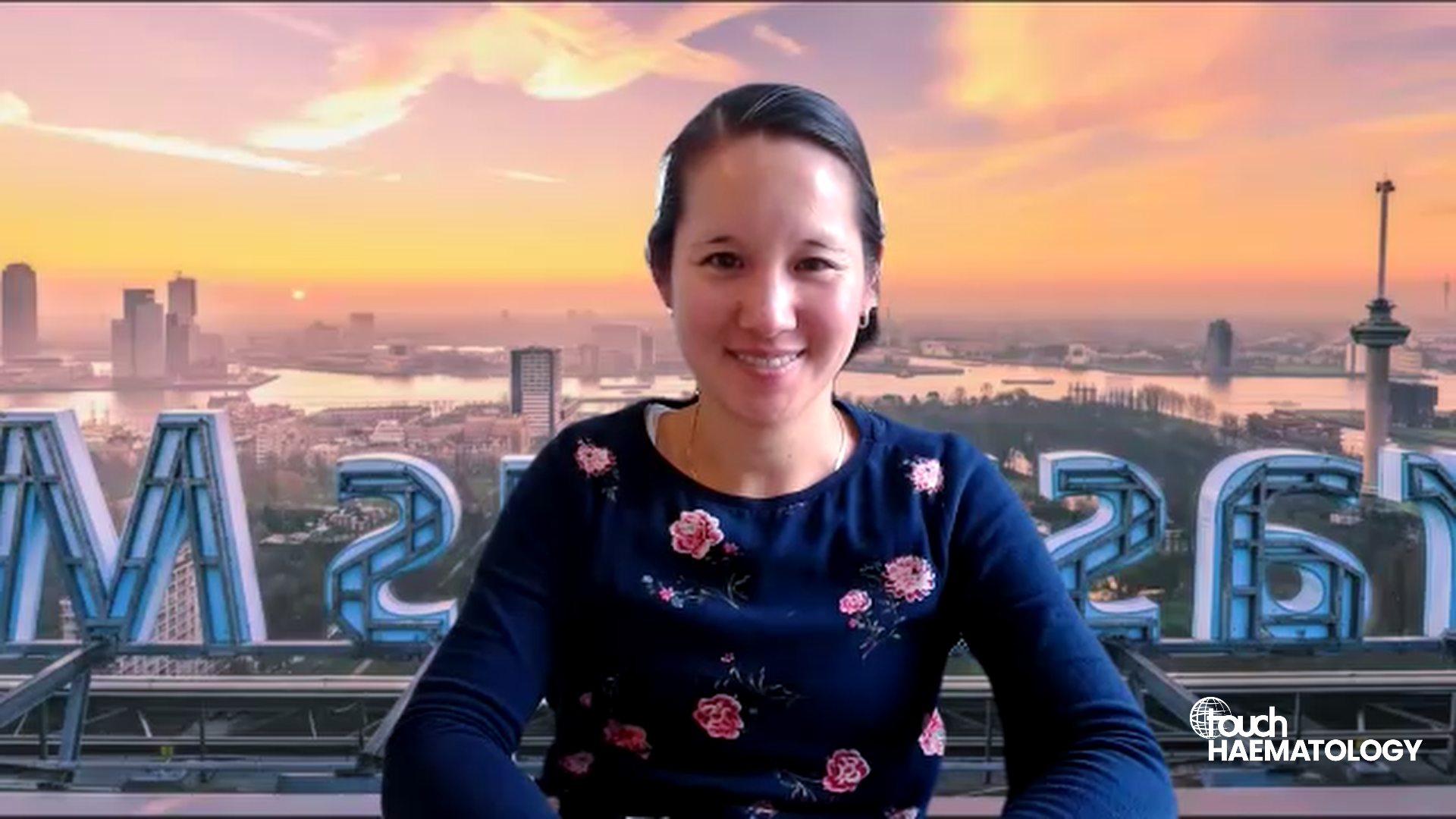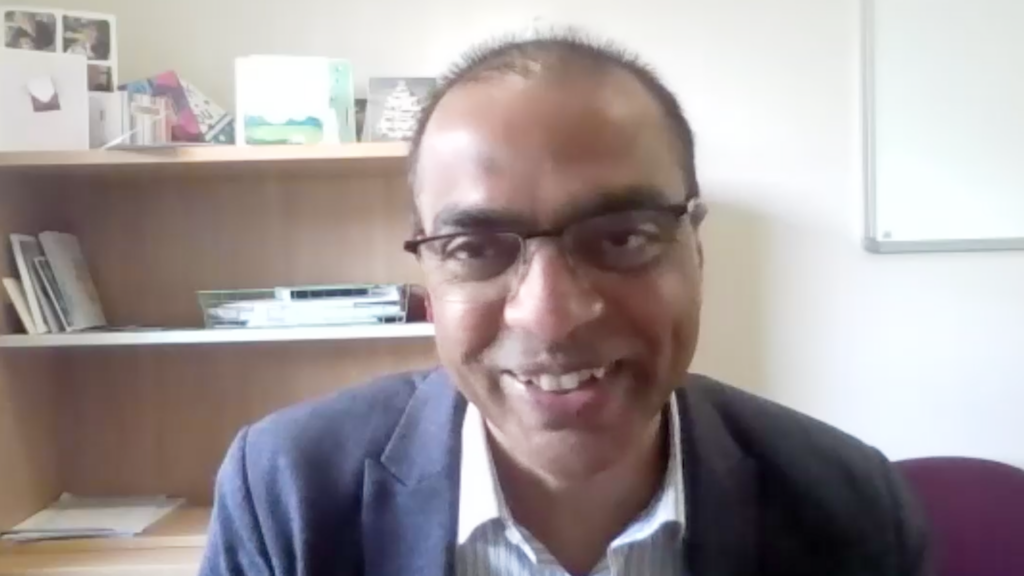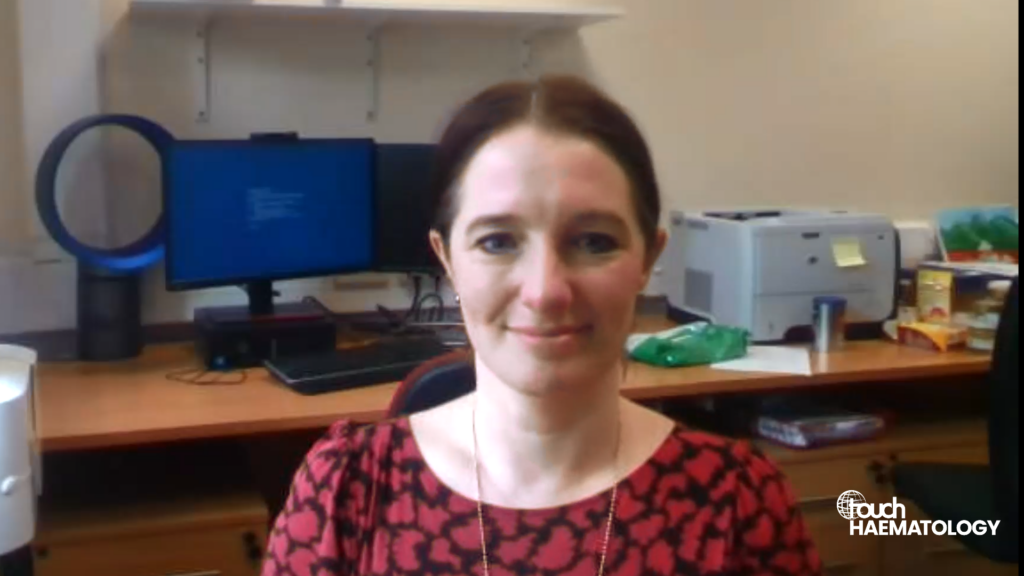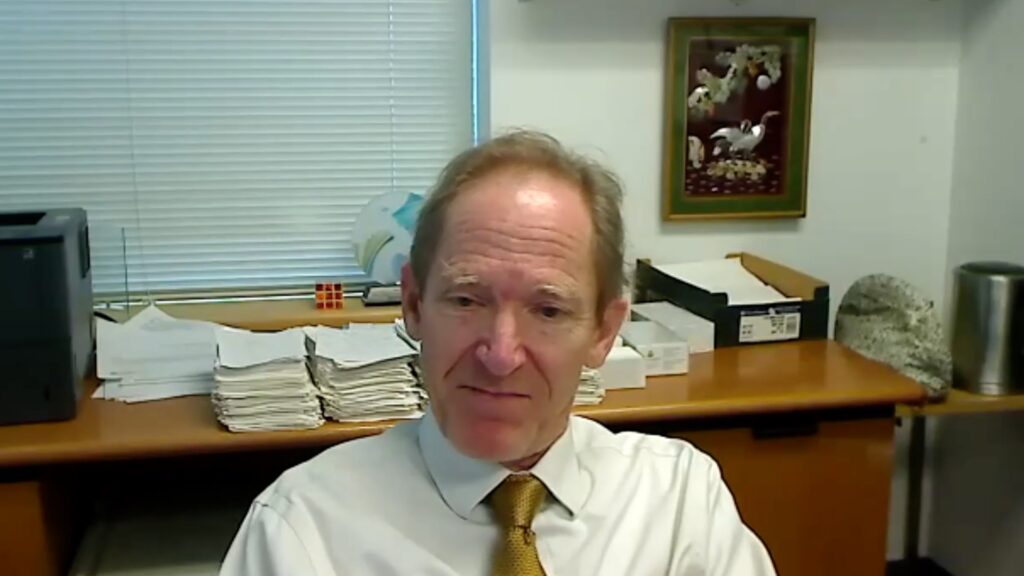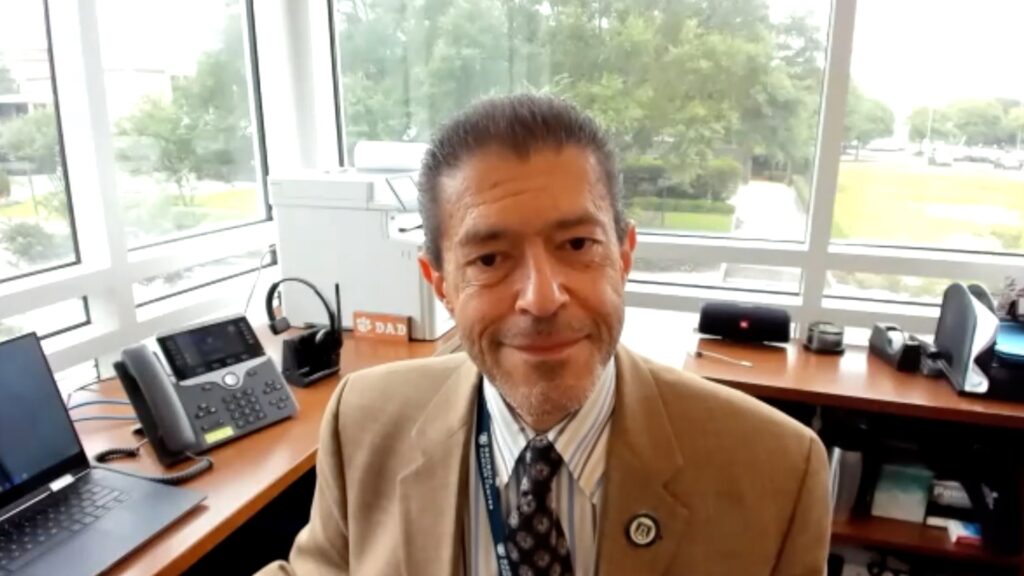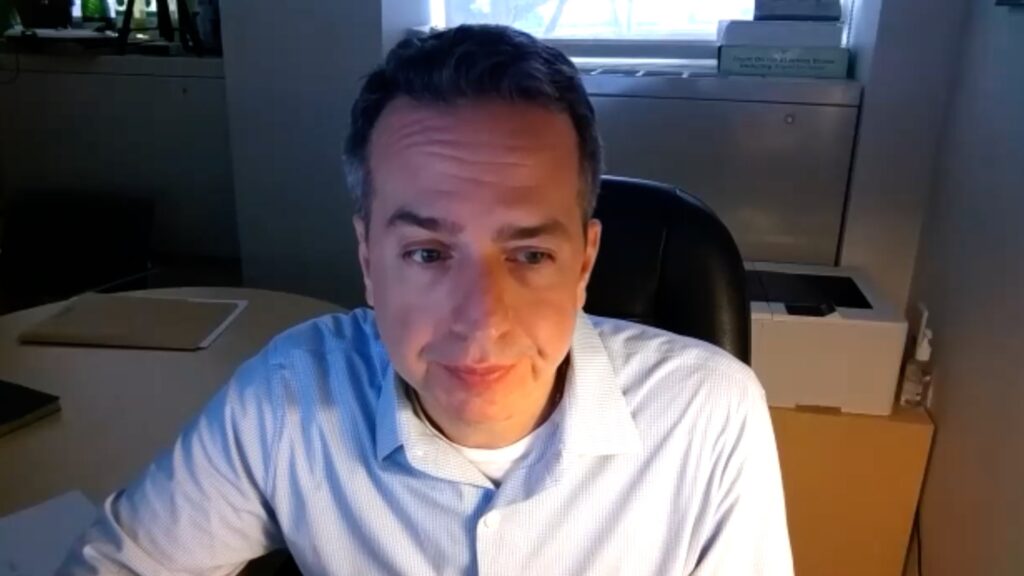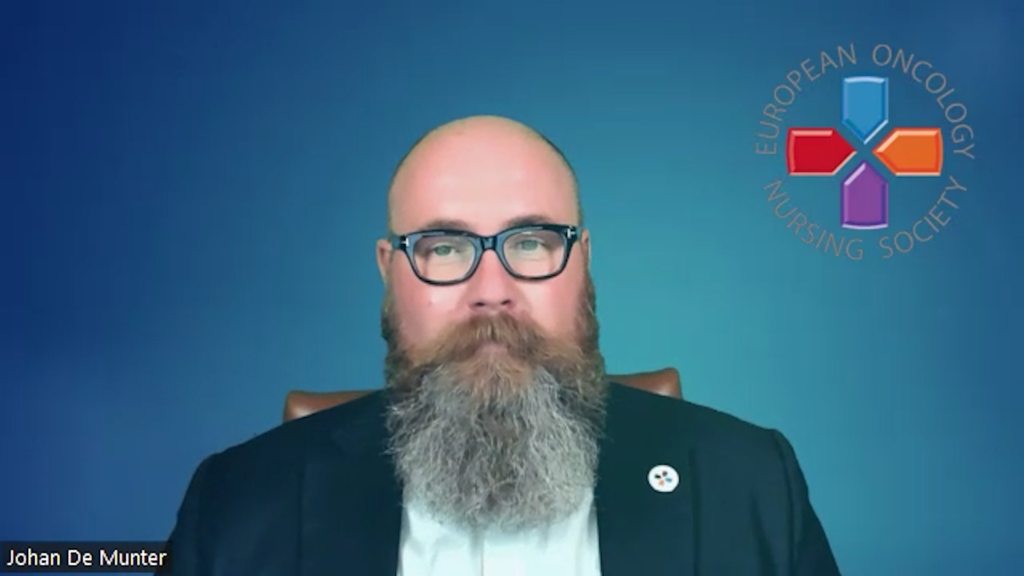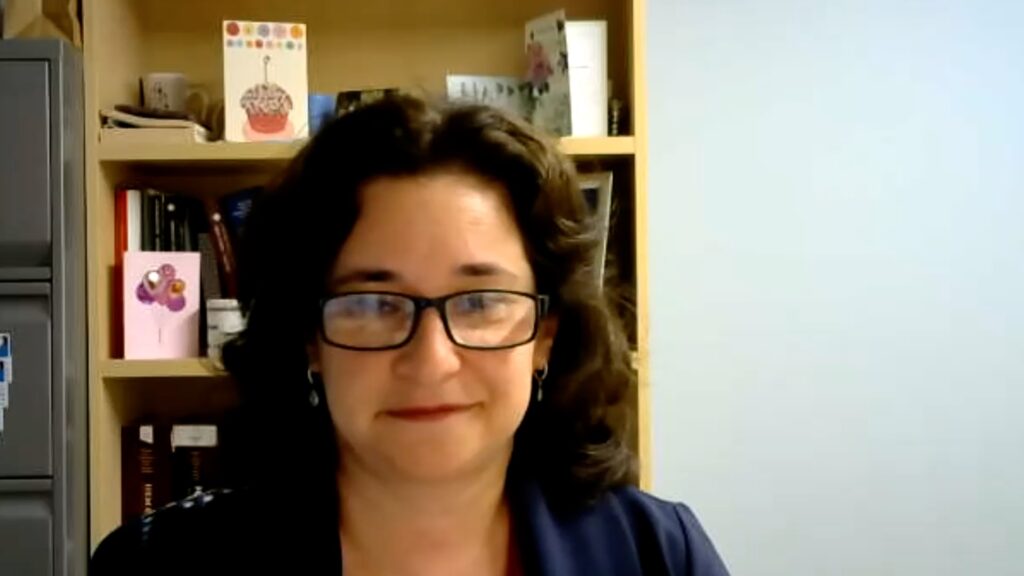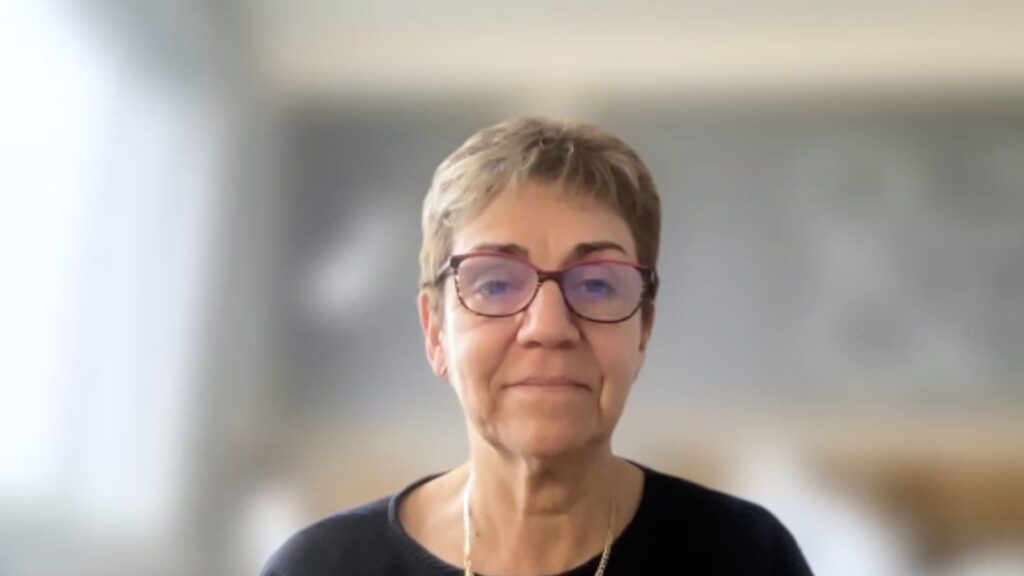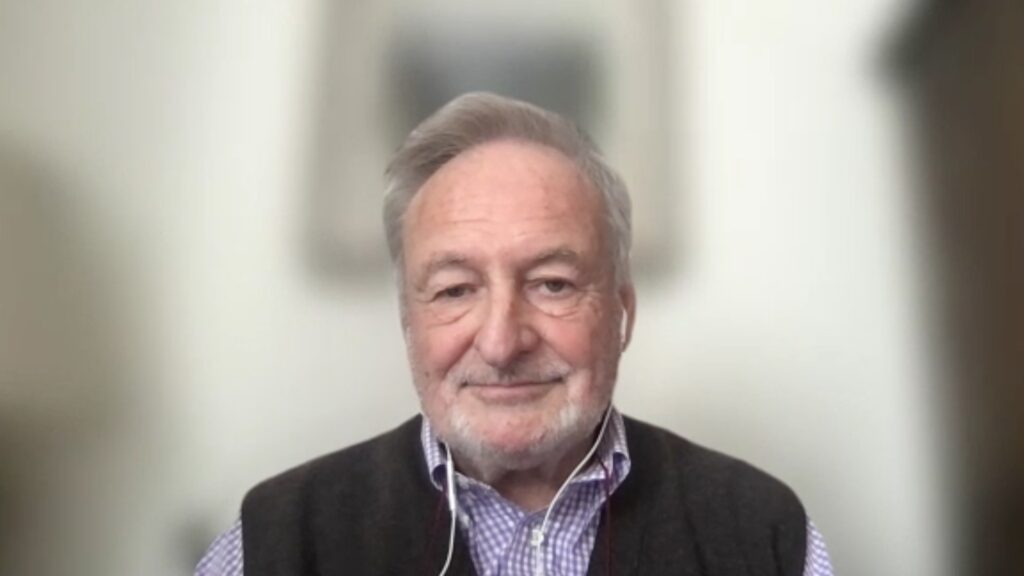The REVIVE study (NCT0405704) is a phase II study investigating the effect of rusfertide, a first-in-class hepcidin mimetic, on the control of erythrocytosis in patients with polycythaemia vera. The unmet needs in the treatment of polycythaemia vera and the aims, rationale and methodology of the REVIVE study are discussed in this touchHAEMATOLOGY interview with Dr Marina Kremyanskaya (Icahn School of Medicine at Mount Sinai, NY, USA).
The abstract entitled ‘TARGETED THERAPY OF UNCONTROLLED ERYTHROCYTOSIS IN POLYCYTHEMIA VERA WITH THE HEPCIDIN MIMETIC, RUSFERTIDE: – BLINDED RANDOMIZED WITHDRAWAL RESULTS OF THE REVIVE STUDY’ (Abstract #LB2710) was presented at the EHA 2023 Congress, 8–11 and 14–15 June 2023.
Questions:
- Could you tell us a little about polycythaemia vera and the unmet needs in its treatment? (0:15)
- What were the aims, rationale and methodology of the REVIVE study? (1:33)
Disclosures: Marina Kremyanskaya discloses consultancy for Protagonist, grant/research support from Dompe, and honoraria from Morphosys, AbbVie and CTI.
Support: Interview and filming supported by Touch Medical Media. Interview conducted by Atiya Henry.
Filmed as a highlight of EHA 2023.
Transcript
Hi. I’m Marina Kremyanskaya. I’m an Associate Professor of Medicine at Mount Sinai School of Medicine in New York City.
Could you tell us a little about polycythaemia vera and the unmet needs in its treatment? (0:15)
Polycythaemia vera is a chronic myeloproliferative neoplasm. It’s basically characterized by uncontrolled production of red blood cells and some other factors is that patients are at higher risk for thromboembolic events and cardiovascular events resulting in increased morbidity and mortality from these events. And the way that polycythaemia vera is treated is by controlling the haematocrit to goal of haematocrit less than 45, that has been shown to reduce the risk of these thromboembolic and cardiovascular events. The way that this is done is actually by what we call therapeutic phlebotomy. So patients undergo phlebotomy to maintain that haematocrit less than 45%. Some patients who are considered to be at higher risk for complications are also treated with cytoreductive therapy. So everybody’s treated with therapeutic phlebotomies plus minus cytoreductive therapy based on their risk category. And it has been shown to reduce the risk of the thromboembolic events.
What were the aims, rationale and methodology of the REVIVE study? (1:33)
So REVIVE study is a phase 2 study of using rusfertide, which is a hepcidin mimetic, to control this uncontrolled production of red blood cells or erythrocytosis. Hepcidin is a negative regulator of iron metabolism, and so it works by controlling the amount of iron that is available in the plasma and is therefore available for red blood cell production. Rusfertide, also initially known as PTG-300, is a hepcidin mimetic and so it’s a small peptide that mimics the action of hepcidin, that is a hormone normally produced in the body by the liver. So, in this case, in polycythaemia vera, it has been shown that hepcidin levels are typically lower than expected and this is presumably due to iron deficiency that is seen in polycythaemia vera and also due to expanded eryhtropoiesis. So the design of the study is it consists of three parts. This is specifically for patients with polycythaemia vera, who are heavily therapeutic phlebotomy dependent. So those patients had to have required three or more phlebotomies in the six months prior to enrollment to be eligible for the study, and also had to have diagnosis of polycythaemia vera from the WHO diagnostic criteria. And so this is a specific group of polycythaemia vera patients who do get a lot of phlebotomies. And the goal of the study was to see if using rusfertide, the hepcidin mimetic, will reduce their phlebotomy requirements. So, like I said, it had three parts. Part one was just dose finding. And so for each individual patient, the dose of rusfertide was started at low dose at either 10 or 20 milligrams, it was given subcutaneously as a weekly injection, and that dose was titrated every month to get to the goal haematocrit, whatever that particular dose was for for each patient. So that was part one of the study, and then patients continued on that therapeutic dose until they reached week 29 of the study, which is the beginning of part two. And this is what’s called randomized withdrawal. So patients were randomized to either continue on their last therapeutic dose of rusfertide or to get placebo. And the study was double-blind, so patients continued on this part two of the study for 12 weeks. After completing 12 weeks, they were moved onto part three of the study, which is the open-label extension. In addition, those patients in part two that did actually require therapeutic phlebotomy, would also end part two and then enter part three of the study and would end up getting rusfertide as an open-label extension.
Subtitles and transcript are autogenerated

